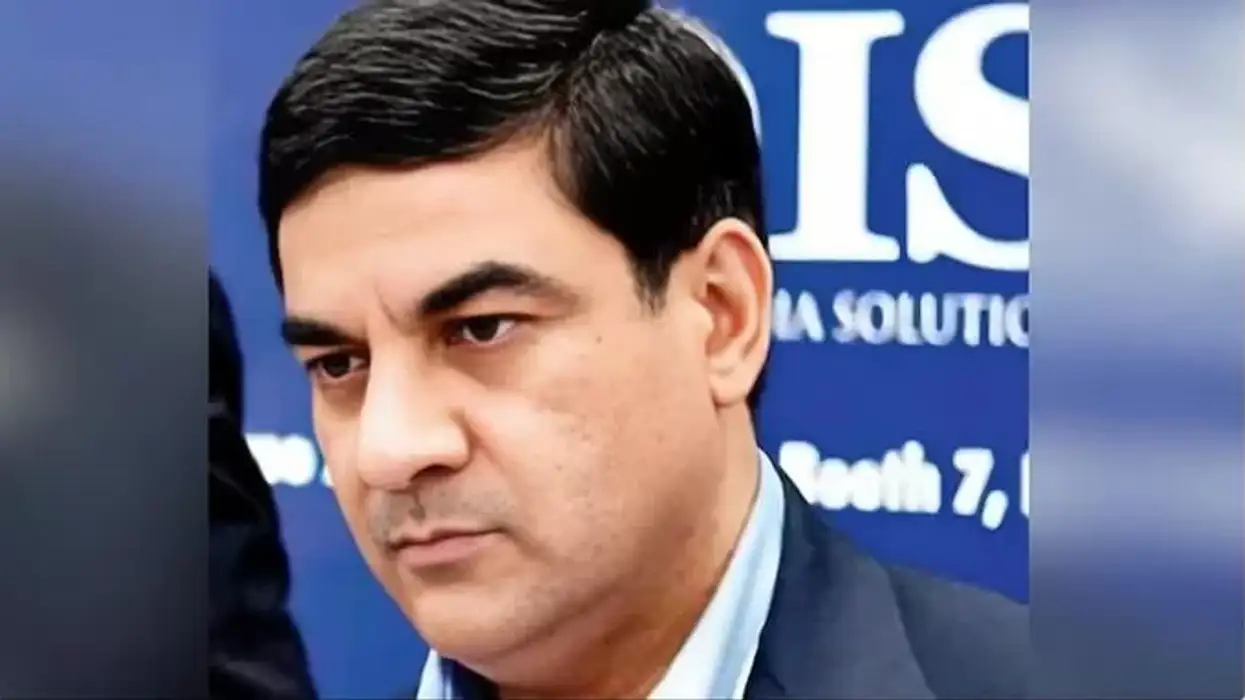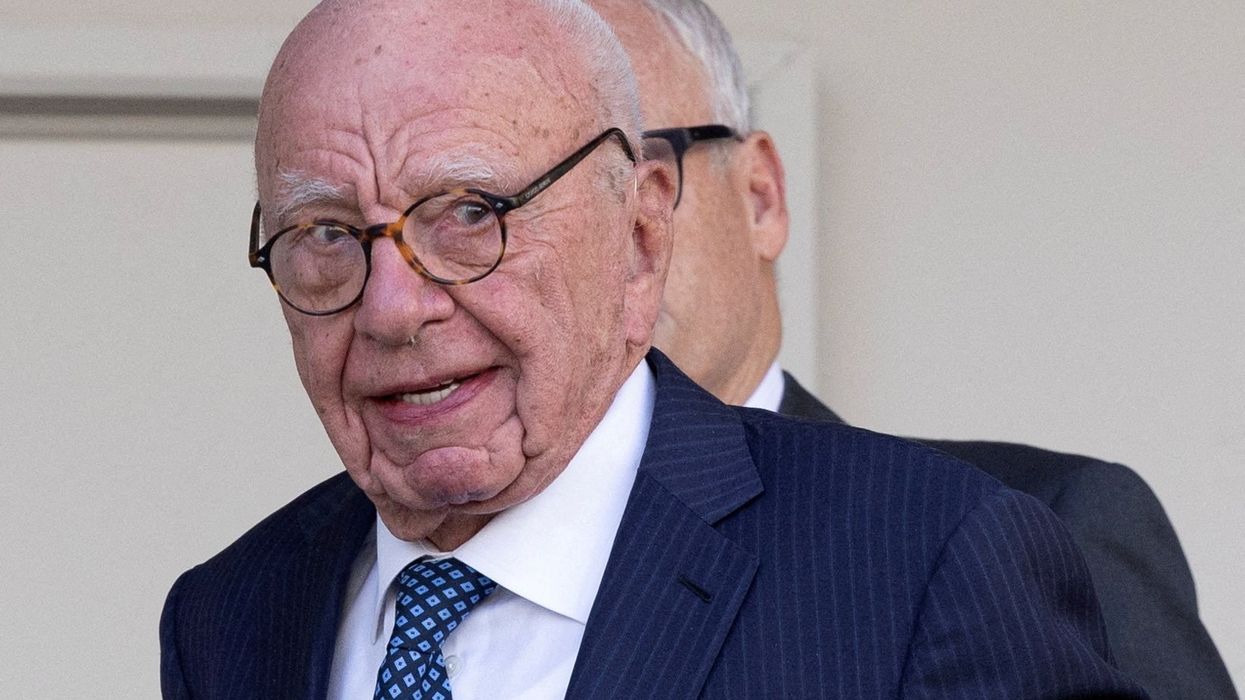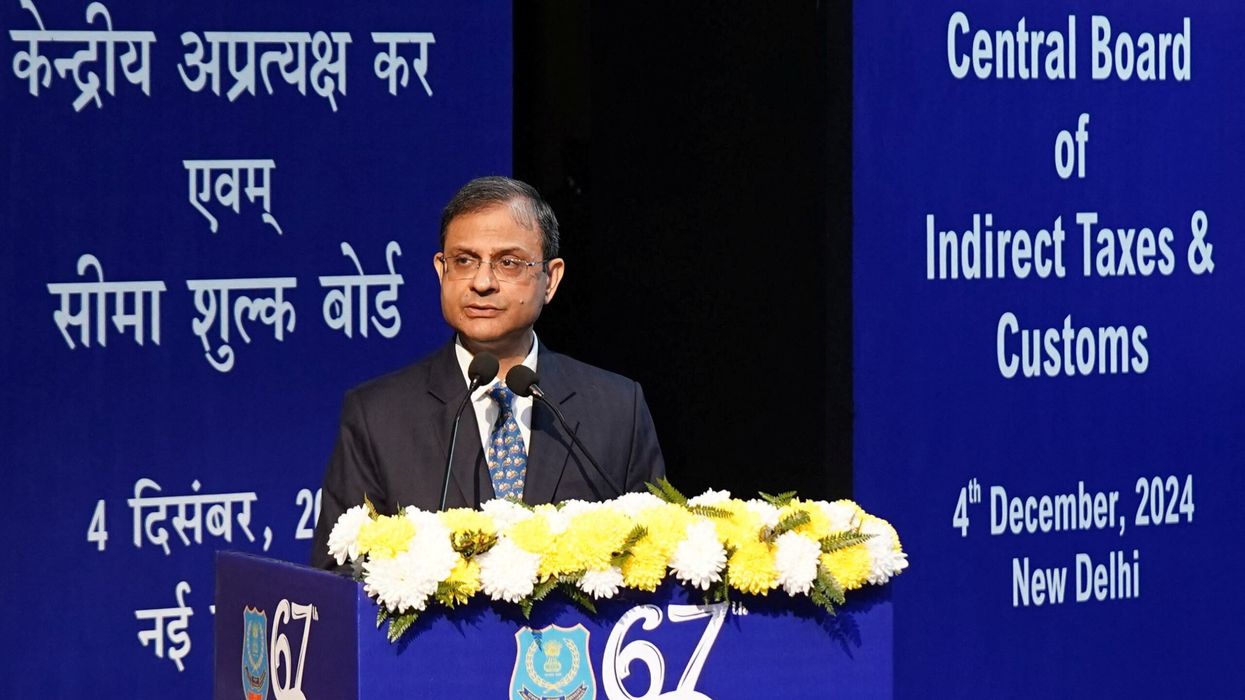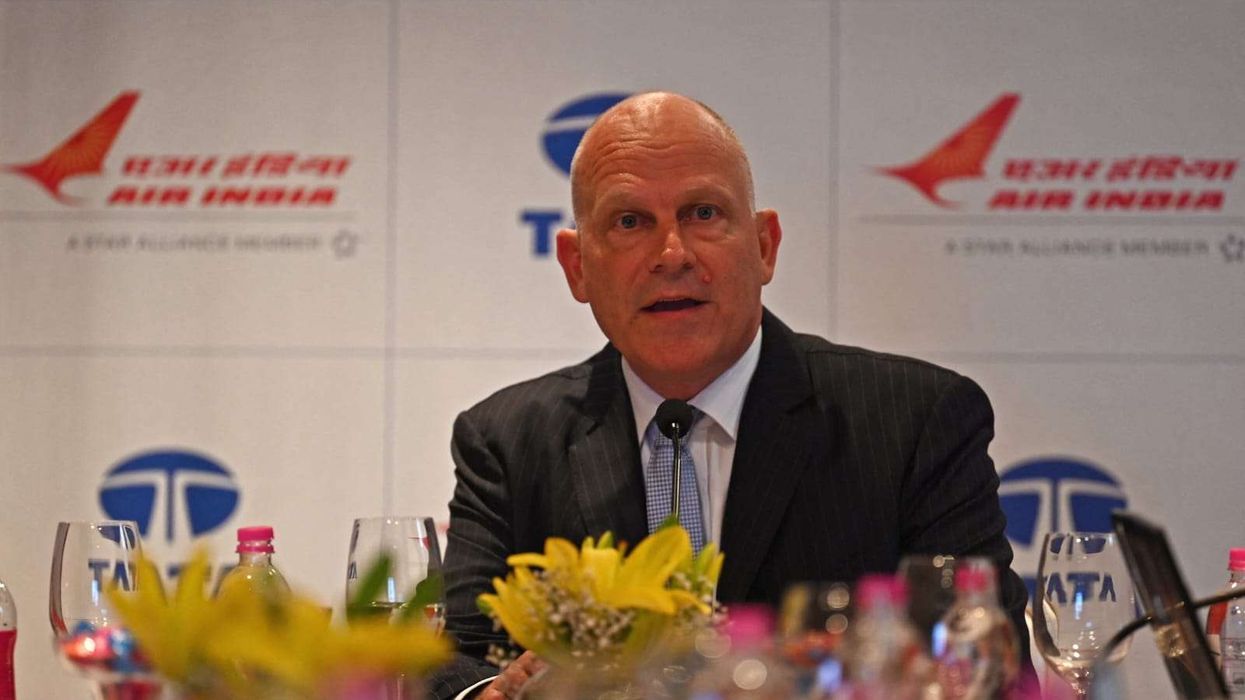Instead of a car, some people have fond of jeeps. It is a smart, sturdy four-legged vehicle that gives you complete comfort driving. There are different types of trucks available in the market, satisfying a wide population's needs and requirements. The three basic types of chips that are readily feasible are jeep wrangler, jeep patriot, and jeep compass. A buyer can choose any of the above models of a new jeep for sale which best suits him.
If a buyer has a specific choice related to any jeep model, he or she go-ahead for that. But if you are looking for the best model, which better fits your needs, then you should do quality research by browsing the web. You will find a variety of options on the internet with detailed features like whether it's petrol, diesel or CNG based, the budget required to purchase and many other things. Other than this, you may also check customer reviews on a particular jeep brand to know their experience with the jeep. These help you a lot to reach the final decision of choosing the right brand and model of the jeep.
But first, you must be clear about your needs and requirements. To better know your needs and preferences, you must ask yourself the basic questions like-
What purpose are you going to use it for?
What is your budget plan?
How long are you going to keep the jeep?
Who else uses the vehicle you purchase?
These questions will help you better know what you want or don’t want in a jeep. It is important to know as you will make a huge investment that consumes all your bank balance. So you must be careful and attentive while analyzing all the details and make a fair decision with your earnings. Let's begin with an important questionnaire-
What purpose are you going to use it for?
While purchasing a jeep, the first and foremost thing to keep in mind is your purpose of buying it; for what purpose you are going to use it? A buyer must first consider his family and lifestyle. If you want to buy it for yourself to go around the city or have a large family purpose.
If you have a complete family with babies and elder parents, then you should look for easily accommodate jeep seats. For example, a two-door jeep would not fulfill this requirement and make your life complicated by fitting in such a small car. A four-door vehicle is a more practical choice in this case. The second thing you want a car that’s easy to get into because it is comfortable for your elder parents. In this case, you should choose the vehicle which is low to the ground as it is difficult to step up in SUV model jeeps.
What is your budget plan?
Whether it is your first car or fourth, a buyer must plan his budget before he started looking for different jeep models. This helps you do practical research because you don’t have to spend time looking into that brand or model's features, which is out of your budget. From a financial point of view, a buyer must choose the brand which is feasible according to his budget because there are other lists of expenses that come along with the purchase of a new vehicle like
- Car insurance
- Annual maintenance
- Auto loan payment
- License and tags
- Repairing charges
- State registration charges
These are the additional charges which a buyer cannot skip because it is essential to keep your vehicle in good working condition. Thus it is essential to consider this cost into your budget while making the decision.
If you are taking a car loan to purchase the vehicle from a new jeep for sale, you generally get a car loan for 20 % of your earnings. But you should still try to make it under 10% so that it does not increase the burden of the loan.
How long are you going to keep the jeep?
This is also important to know how long you are going to keep the vehicle. Before making the final purchase, a buyer must ascertain whether he is going to use this vehicle for two or three years or making an investment for long time use. A buyer should make the investment according to your usage period. Some people also deal in reselling the vehicle after using it for a short time span; in such case, there is no need to make a huge investment.
One should also consider how his needs will change and try to accommodate for it as if you are going to get married in the near future then you should consider a jeep according to your family needs.
Who else uses the vehicle you purchase?
Different car models are suitable for different age groups. If you are going to purchase the jeep for your teen child, safety should be your top priority. It is because teens have the highest rate of accidents due to reckless driving. Thus look for a safe featured car to keep your child safer in case of any mishappening.
Do you drive the car yourself, or you have a car driver? If you have a car driver, you should consider his comfort and suitability according to a different vehicle.
Final decision
If you plan to buy a new jeep from a new jeep for sale, this article is beneficial for you. This article gives you a list of important factors to be considered before making the final purchase. By keeping in mind all such aspects, you will be able to better know your needs and preferences and narrow down your choices. After considering all such facts, a buyer should also do market research to get complete detail of the vehicle and its features, pricing, and many more. So what are you waiting for? Go ahead and buy your dream jeep to give ease to your life.











